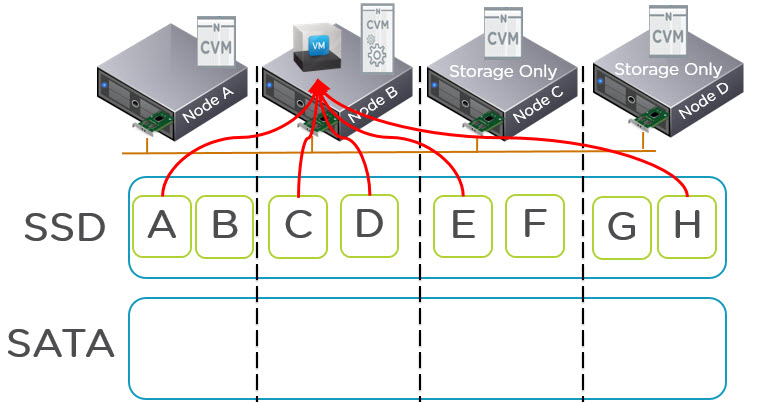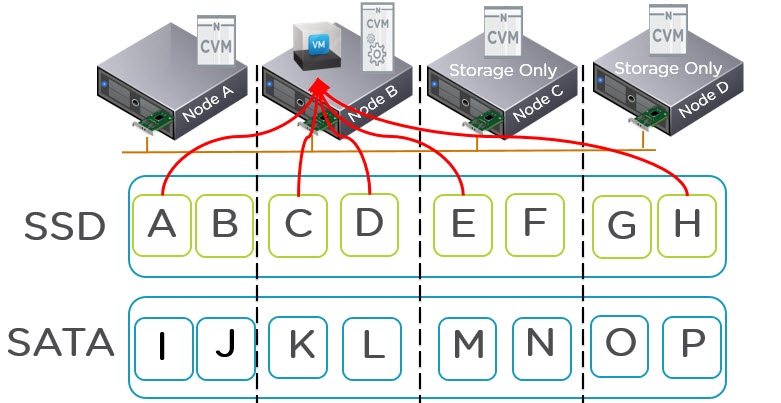Acropolis provides a powerful yet simple-to-use Analysis solution which covers the Acropolis Platform, Compute (Acropolis Hypervisor / Virtual Machines) and Storage (Distributed Storage Fabric).
Unlike other Analysis solutions, Acropolis requires no additional software licensing, management infrastructure or virtual machines/applications to design/deploy or configure. The Nutanix Controller VM includes built-in Analysis which have no external dependencies. There is no need to extract/import data into another product or Virtual appliance meaning lower overheads e.g.: Less data is required to be stored and less impact on storage.
Not only is this capability built in day one, but as the environment grows over time, Acropolis automatically scales the analytics capability; there is never a tipping point where you need to deploy additional instances, increase compute/storage resources assigned to Analytics Virtual Appliances or deploy additional back end databases.
For a demo of the Analysis UI see the following YouTube Video from 4:50 onwards.
Summary:
- In-Built analysis solution
- No additional licensing required
- No design/implementation or deployment of VMs/appliances required
- Automatically scales as the XCP cluster/s grow
Lower overheads due to being built into Acropolis and utilizing the Distributed Storage Fabric



